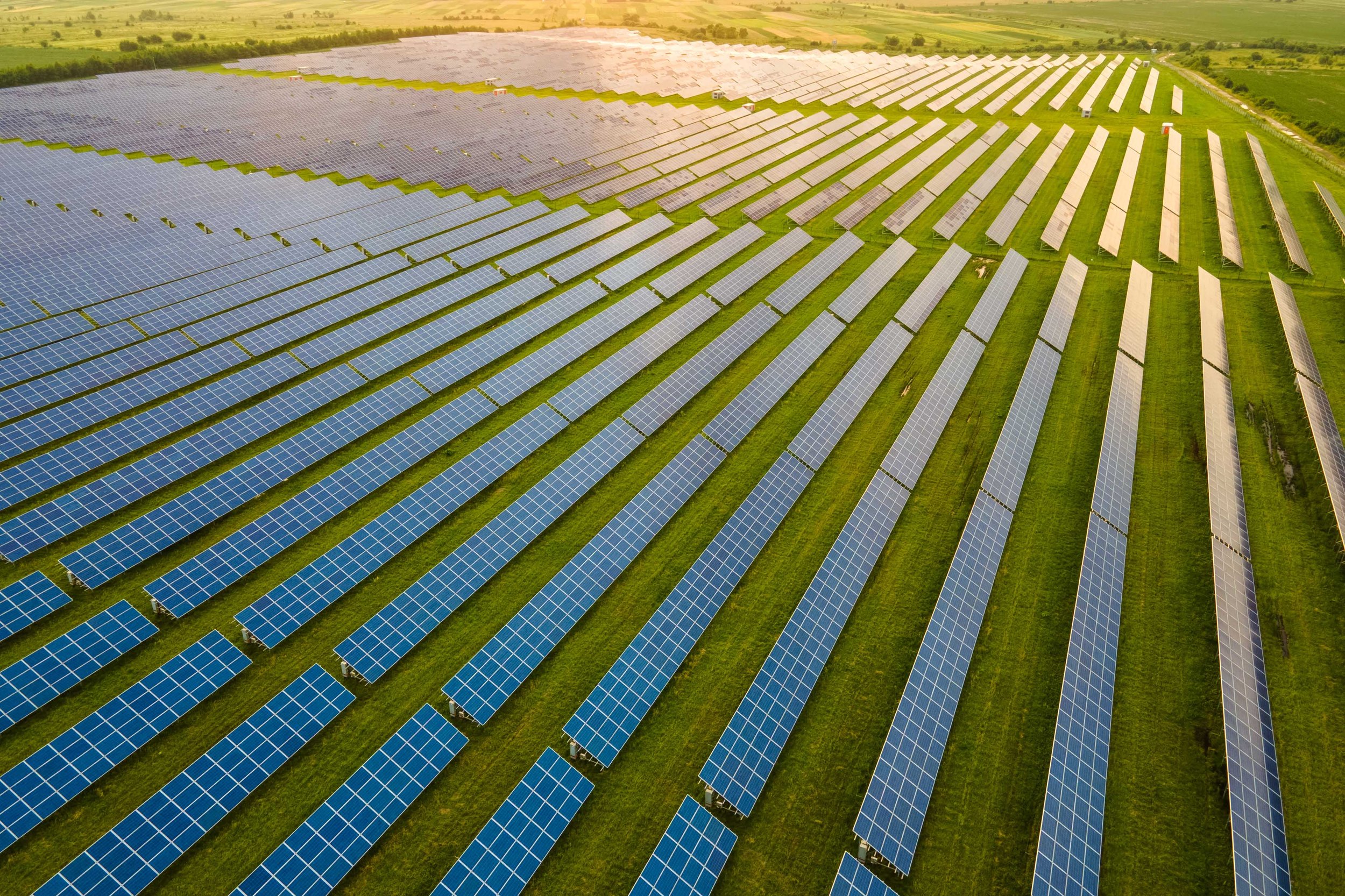
Leasing your land for solar
We work with landowners to select the best site for a PV solar system that won’t disrupt any of their current or planned future use. In short, landowner preferences and site viability go hand in hand.
We typically seek sites with a minimum of 15 contiguous acres of land. Key factors we consider include:
-
Accessibility
Close to a public access road. The utility, construction crews, and long-term maintenance providers should be able to easily access the site.
-
Shading
Relatively clear of trees and vegetation that could shade the solar farm. In some cases, the project budget can cover the cost to prepare the site for a project.
-
Topography
Ideally, a property has a prominently square or rectangular-shaped area that is not broken up into smaller pieces by wetlands, streams or easements.
-
Slope
Relatively flat with less than a 15° slope, and if there is a slope it should face to the south.
-
Lease term
Lease terms typically last for 20 years or longer. A longer term typically corresponds with a higher lease rate.
-
Solar Power Production
A higher yield means that the installation will produce more power and thus create more return for the owner. This higher return is passed on to the landowner through a higher lease rate.
-
Tax Incentives
A federal tax incentive, known as the Investment Tax Credit, is available for solar project owners. Some states or regions are supporting the installation of solar arrays through tax or rate incentives that provide project owners a long-term revenue stream for the project. The lease rates offered depend on the size and type of the aggregate tax incentive, the size and type of a region's solar incentive program, and the local utility rates.
-
Property Taxes
If there are higher taxes associated with using the property for solar energy generation, the additional cost will contribute to a higher overall cost and thus negatively impact the lease rate.
-
Interconnection Costs
Interconnection, the process of connecting the solar system into the local electrical grid, is a major cost component of construction. We consider whether three-phase power is present at the property, the distance to the local substation, and whether there are other solar projects in the area. All of these can determine whether costly distribution lines or substation upgrades are needed, and will impact the lease rate offered.
-
Complications
Are there any other constraints that add to the level of difficulty in completing a project? Is it in an area that is zoned properly? Are there endangered species? Other examples might include system quality, troubleshooting, commissioning, end of warranty concerns, etc.

Get a personalized lease rate for your property.
Let's connect to explore whether long-term lease income from an energy project is feasible for your property. Please provide the following details about your property and one of our professionals will be in touch soon.
